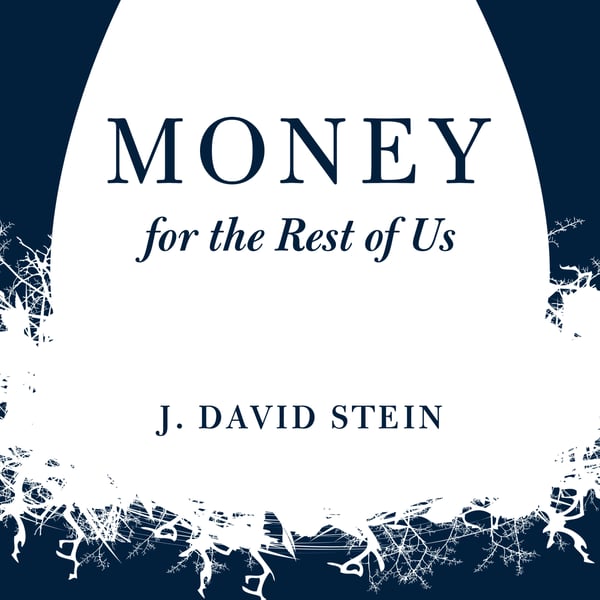Why Bond Investing Is Easier Than Ever
Money For the Rest of Us
J. David Stein
4.3 • 1.3K Ratings
🗓️ 7 May 2025
⏱️ 30 minutes
🧾️ Download transcript
Summary
Discover how bond market ETFs have transformed investing — making bonds easier, cheaper, and more accessible than ever. We also explore how the bond market’s very composition has evolved.
Episode Sponsors
Delete Me – Use code David20 to get 20% off
Insiders Guide Email Newsletter
Get our free Investors' Checklist when you sign up for the free Money for the Rest of Us email newsletter
Our Premium Products
Show Notes
The total return strategy in bonds is far from dead by James Bianco—The Financial Times
What I Learned in My First Year Managing Fixed-Income by Jim Bianco—Bianco Research Advisors
ETFs are eating the bond market by Robin Wigglesworth and Will Schmitt—The Financial Times
Related Episodes
463: How to Lock in Higher Yields in Case Interest Rates Fall
455: Easier Investing, Richer Life: TIPS Ladders to Annuities
418: Bond Investing Masterclass
See Privacy Policy at https://art19.com/privacy and California Privacy Notice at https://art19.com/privacy#do-not-sell-my-info.
Transcript
Click on a timestamp to play from that location
| 0:00.0 | Welcome to Money for the rest of us. This is a personal finance show on money, how it works, |
| 0:05.4 | how to invest it, and how to live without worrying about it. I'm your host, David Stein. Today is |
| 0:11.3 | Episode 523. It's titled, Why It's Easier Than Ever to Invest in the Bond Market. When I became an |
| 0:19.7 | institutional investment advisor in the mid-90s, working |
| 0:24.0 | mostly with university endowments, private foundations, typically when we got a new client, |
| 0:31.9 | they would often have a balanced account manager. It was a separately managed account. |
| 0:37.5 | It might have been a local, a regional bank that managed the assets. |
| 0:42.8 | And the bond portion of the portfolio might have been a couple dozen bonds. |
| 0:49.2 | The focus generally was on income. |
| 0:51.7 | There wasn't a huge focus on outperforming a benchmark like the Bloomberg |
| 0:57.1 | aggregate bond index, but we would often, as part of the asset allocation and portfolio |
| 1:04.5 | construction process, introduce a bond mutual fund that could hold hundreds of bonds and had outperformed the overall bond market, |
| 1:15.4 | typically having done better than the local bond manager. |
| 1:19.3 | Nine times out of ten, the bond mutual fund that they ended up retaining was the PIMCO |
| 1:25.9 | total return bond fund. It was managed by Bill Gross, |
| 1:30.3 | and he was incredibly successful at what he did. Most bond management back in the late 90s, |
| 1:38.4 | even into the mid-2000s, was actively managed. The management team was actively selecting bond funds. There wasn't that |
| 1:47.4 | much allocated to bond index funds and certainly not to ETFs. The first bond exchange traded fund |
| 1:57.8 | was introduced by BGI Capital Barclays in the year 2000. It just was not |
| 2:04.3 | something that was done. We used mutual funds because firms like PIMCO and others, their |
| 2:11.1 | separately managed account minimums were typically $50 million a more. And so it was prohibitively |
| 2:17.4 | challenging to get a separately |
... |
Please login to see the full transcript.
Disclaimer: The podcast and artwork embedded on this page are from J. David Stein, and are the property of its owner and not affiliated with or endorsed by Tapesearch.
Generated transcripts are the property of J. David Stein and are distributed freely under the Fair Use doctrine. Transcripts generated by Tapesearch are not guaranteed to be accurate.
Copyright © Tapesearch 2025.

